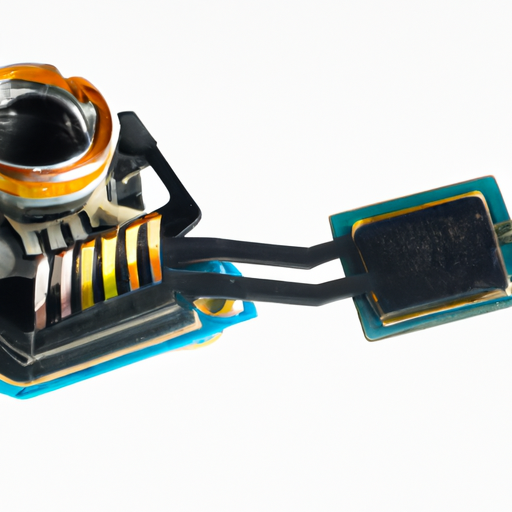Choosing the right spot for a fixed electrical sensor is crucial in ensuring its effectiveness and accuracy. Whether you are installing a sensor for security, monitoring, or automation purposes, selecting the optimal location is essential for achieving the desired results. In this article, we will discuss the factors to consider when choosing the spot for a fixed electrical sensor and provide some tips to help you make the right decision.

For example, if you are installing a security sensor, you may want to place it near entry points such as doors and windows to detect unauthorized access. On the other hand, if you are installing a temperature sensor, you may need to place it in an area where temperature fluctuations are most likely to occur, such as near HVAC vents or windows.
2. Environmental Factors Consider the environmental factors that may affect the performance of the sensor. For example, if the sensor is exposed to direct sunlight, extreme temperatures, or moisture, it may not function properly. Choose a spot that is sheltered from these elements to ensure the sensor's reliability and longevity.
Additionally, consider the presence of obstructions such as walls, furniture, or other objects that may block the sensor's field of view. Make sure that the sensor has a clear line of sight to the area you want to monitor to avoid false alarms or inaccurate readings.
3. Power Source Another important factor to consider when choosing the spot for a fixed electrical sensor is the availability of a power source. Make sure that the chosen location is within reach of a power outlet or that you have a plan for providing power to the sensor, such as using a battery or solar panel.
4. Accessibility Consider the accessibility of the chosen spot for installation, maintenance, and troubleshooting. Make sure that the sensor is easily accessible for calibration, adjustment, and repairs if needed. Avoid placing the sensor in hard-to-reach or hidden locations that may make it difficult to service in the future.
5. Interference Be mindful of potential sources of interference that may affect the sensor's performance. Avoid placing the sensor near electronic devices, power lines, or other sources of electromagnetic interference that could disrupt its signals. Additionally, consider the presence of other sensors or devices in the vicinity that may interfere with the sensor's operation.
6. Test and Adjust Once you have chosen a spot for the fixed electrical sensor, test its performance to ensure that it meets your requirements. Make any necessary adjustments to the sensor's position, angle, or settings to optimize its performance. Monitor the sensor's readings over time to ensure that it is functioning correctly and make any further adjustments as needed.
In conclusion, choosing the right spot for a fixed electrical sensor is essential for its effectiveness and reliability. Consider the purpose of the sensor, environmental factors, power source, accessibility, interference, and testing to ensure that the sensor is installed in the optimal location. By following these tips, you can maximize the performance of your fixed electrical sensor and achieve the desired results for your specific application.